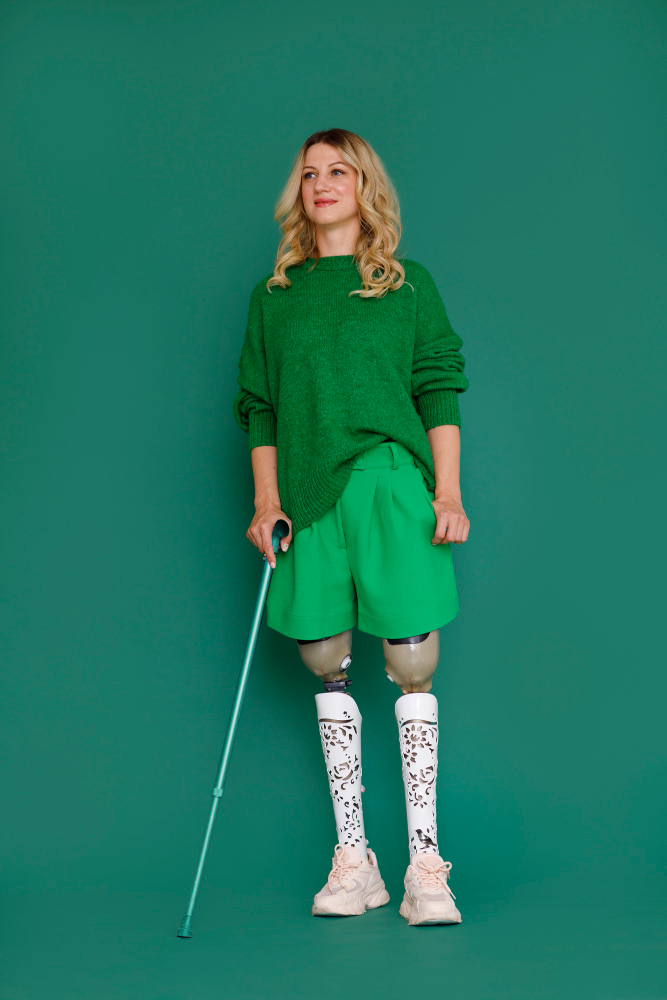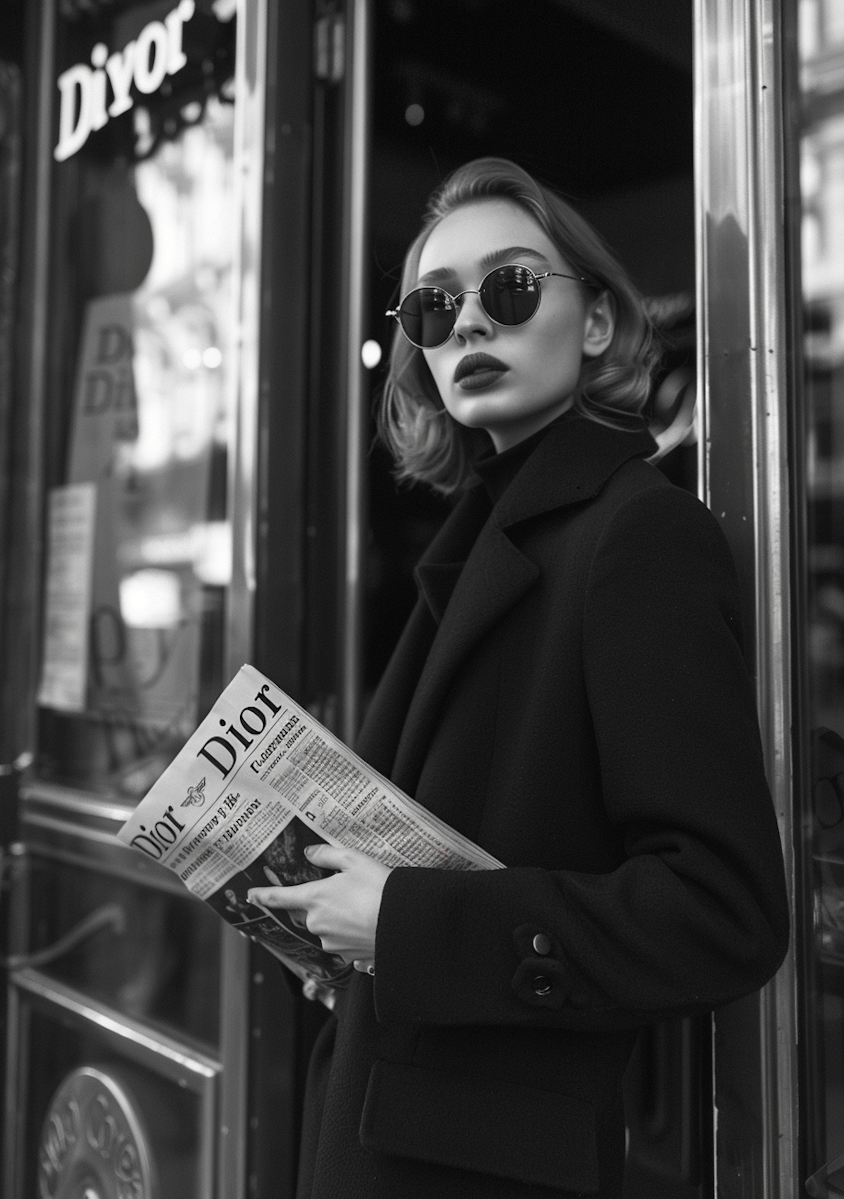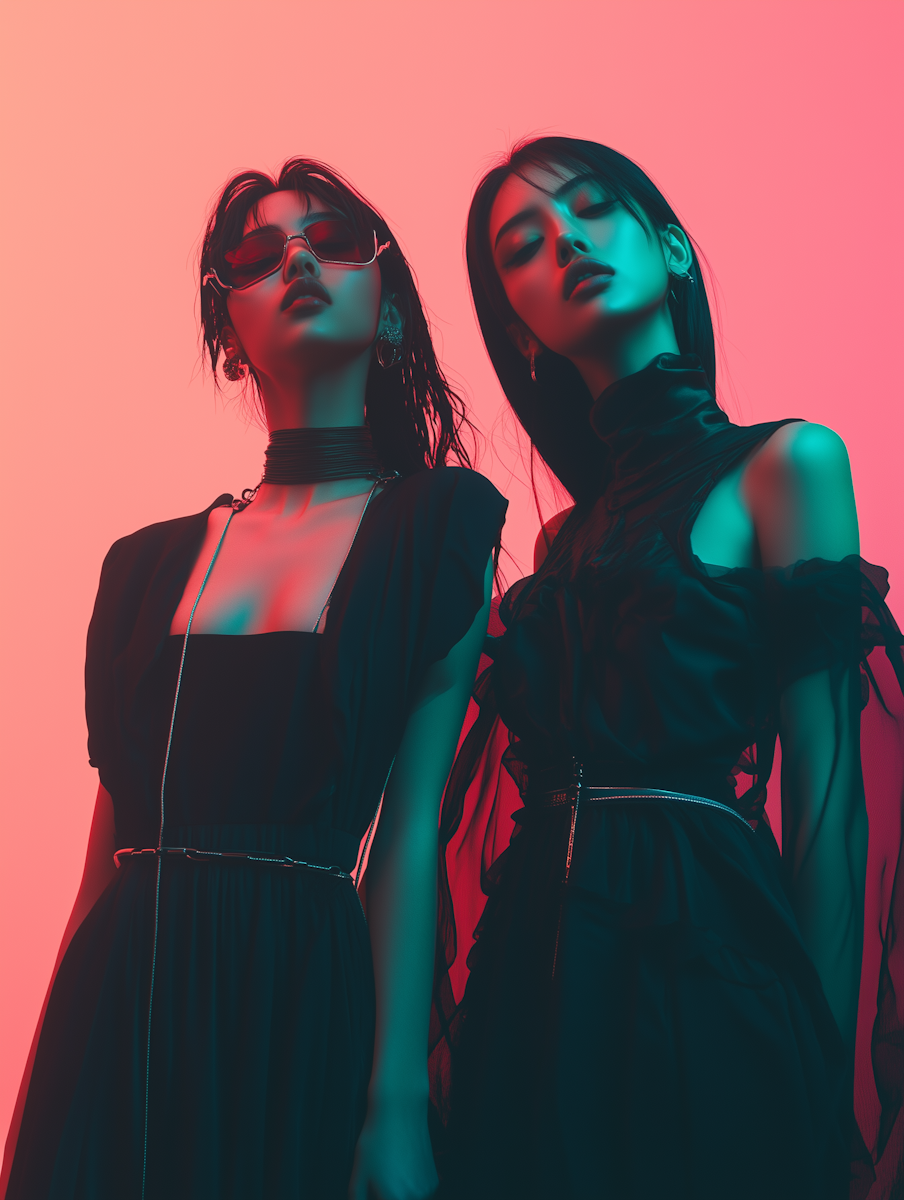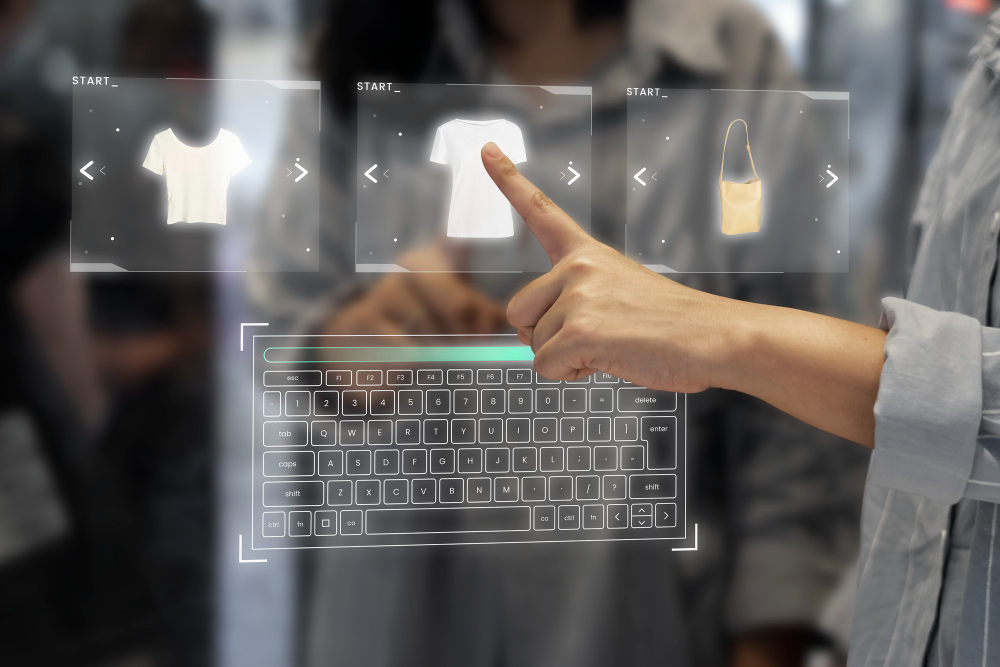Table of Contents
Fashion is about more than just looking good—it’s a form of self-expression, empowerment, and confidence. But for millions of people with disabilities, traditional clothing doesn’t always serve their needs. Enter Adaptive Fashion, a growing movement that blends functionality with style, offering clothing that’s easier to wear, more comfortable, and inclusive for everyone.
In this post, we explore how Adaptive Fashion is transforming the clothing industry, why it matters, and which brands are leading the charge in creating accessible apparel for all abilities.
👕 What Is Adaptive Fashion?
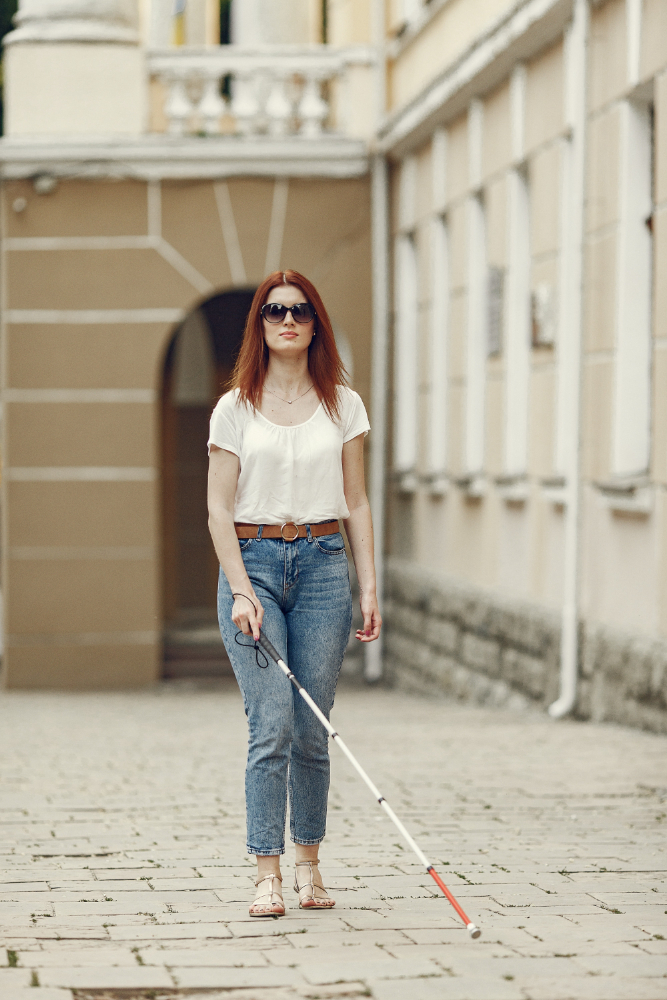
Adaptive Fashion refers to clothing designed specifically for individuals with physical, sensory, or cognitive disabilities. These garments consider the unique needs of their wearers by incorporating features like:
- Magnetic or Velcro closures instead of buttons or zippers
- Open-back shirts and seated pants for wheelchair users
- Tagless labels and sensory-friendly fabrics
- Adjustable hems, waistbands, and sleeves
- Footwear that accommodates orthotics or prosthetics
This inclusive approach ensures that fashion remains accessible and functional—without compromising style.
💡 Why Adaptive Fashion Matters
People with disabilities often struggle to find clothing that fits their bodies, lifestyles, or mobility needs. Traditional fashion simply wasn’t built with every body in mind. Here’s why Adaptive Fashion is so important:
- Promotes Independence: Easier dressing features mean less reliance on caregivers.
- Improves Comfort: Soft fabrics and thoughtful cuts reduce discomfort and chafing.
- Boosts Confidence: Feeling stylish positively impacts mental health and self-image.
- Supports Inclusivity: Adaptive designs break down barriers in the fashion world.
- Encourages Representation: Inclusive clothing signals a shift in how we view ability.
Whether it’s dressing for work, going out with friends, or simply relaxing at home, Adaptive Fashion empowers people of all abilities to live—and dress—on their own terms.
👗 Top Adaptive Fashion Brands to Watch
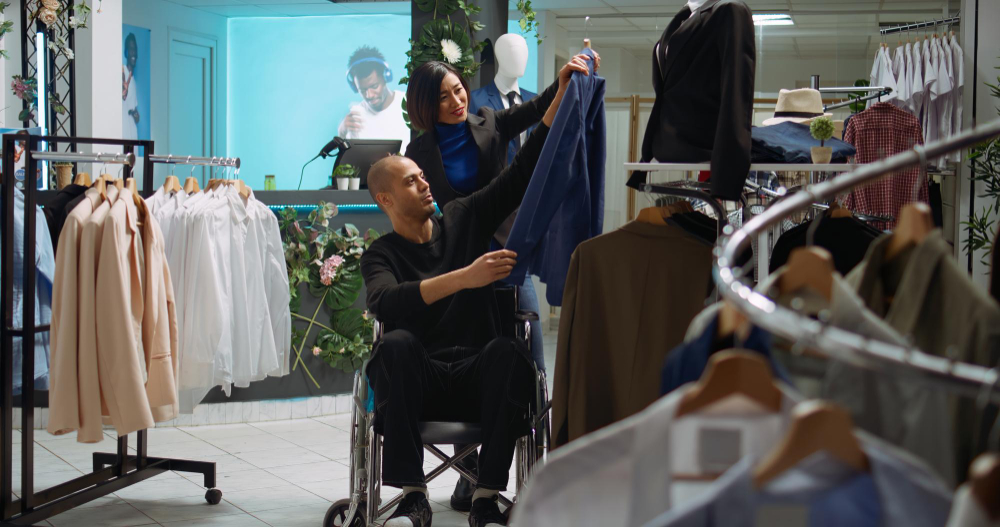
Here are a few brands pioneering change in the inclusive fashion space:
1. Tommy Hilfiger Adaptive
One of the first major labels to launch a full adaptive line, Tommy Hilfiger offers stylish, classic pieces with magnetic buttons, easy-open pant hems, and seated-wear-friendly designs.
2. Zappos Adaptive
Zappos brings a curated selection of adaptive shoes, clothing, and accessories from multiple brands—all with accessibility in mind. Their platform includes features like single shoes and easy-on sneakers.
3. IZ Adaptive
Designed specifically for wheelchair users, IZ Adaptive creates high-end, modern fashion that looks and feels fantastic while seated.
4. MagnaReady
This brand focuses on shirts and jackets with patented magnetic closures—perfect for those with arthritis, Parkinson’s, or limited dexterity.
5. Target’s Adaptive Line
With affordable, accessible clothing for kids and adults, Target offers adaptive pieces within its Cat & Jack and Universal Thread collections, often designed in collaboration with the disability community.
✂️ Key Features to Look For in Adaptive Fashion
When choosing Fashion, consider these useful features:
- Flat seams and no tags for sensory comfort
- Magnetic or hook-and-loop closures for easy dressing
- Open-back tops for those with limited arm mobility
- High-rise pants designed for seated wear
- Shoes with wider openings and adjustable straps
- Fabrics that stretch without losing structure
These details make a huge difference in everyday comfort and ease of dressing for those living with disabilities.
🧠 Adaptive Fashion Is About Empowerment
More than just a practical solution, Fashion is a bold statement of inclusion, accessibility, and humanity. It’s about designing for real lives, not just runways. As society continues to evolve, so too should our idea of beauty and functionality in fashion.
Inclusive design isn’t a trend—it’s a necessity. And it’s here to stay. ❤️🔥
🙋♀️ FAQs About Adaptive Fashion
1. Who is Adaptive Fashion for?
Fashion is designed for people with disabilities, including mobility impairments, sensory sensitivities, chronic illnesses, and age-related challenges. However, anyone can benefit from accessible, comfortable clothing.
2. Is Adaptive Fashion stylish?
Absolutely! Fashion doesn’t sacrifice style. Many brands now offer chic, trendy, and modern designs that reflect personal style while maintaining practical accessibility.
3. Are adaptive clothes only available online?
While most selections are online, major retailers like Target and Kohl’s are beginning to carry some Fashion items in stores. Still, online shopping provides a wider variety and size range.
4. How do magnetic closures work in adaptive clothing?
Magnetic closures are embedded into shirt plackets or pant flies and align easily, snapping shut with a simple touch—ideal for people with arthritis, limited dexterity, or limb differences.
5. Is Fashion more expensive?
Not necessarily. While some specialty brands have premium pricing, many mainstream retailers now offer affordable adaptive pieces. The movement is growing, making inclusive clothing more accessible price-wise, too.
✅ Final Thoughts
Fashion is for everyone, and that includes people with disabilities. Adaptive Fashion is changing lives by ensuring that clothes aren’t just something we wear—they’re something we experience, enjoy, and feel confident in.
It’s time we build a fashion world where everyone can show up as their full, stylish selves—because accessibility is always in style.

